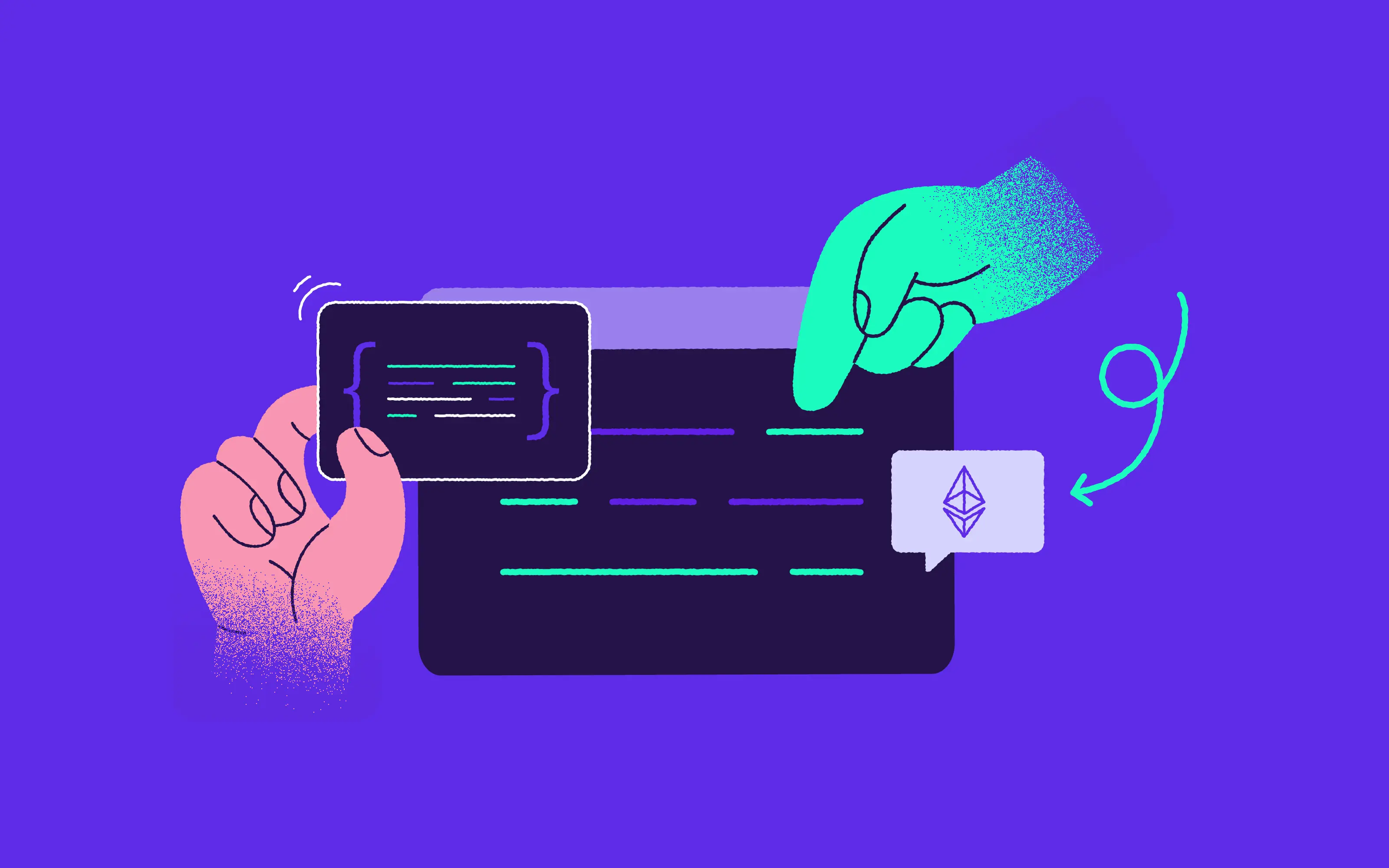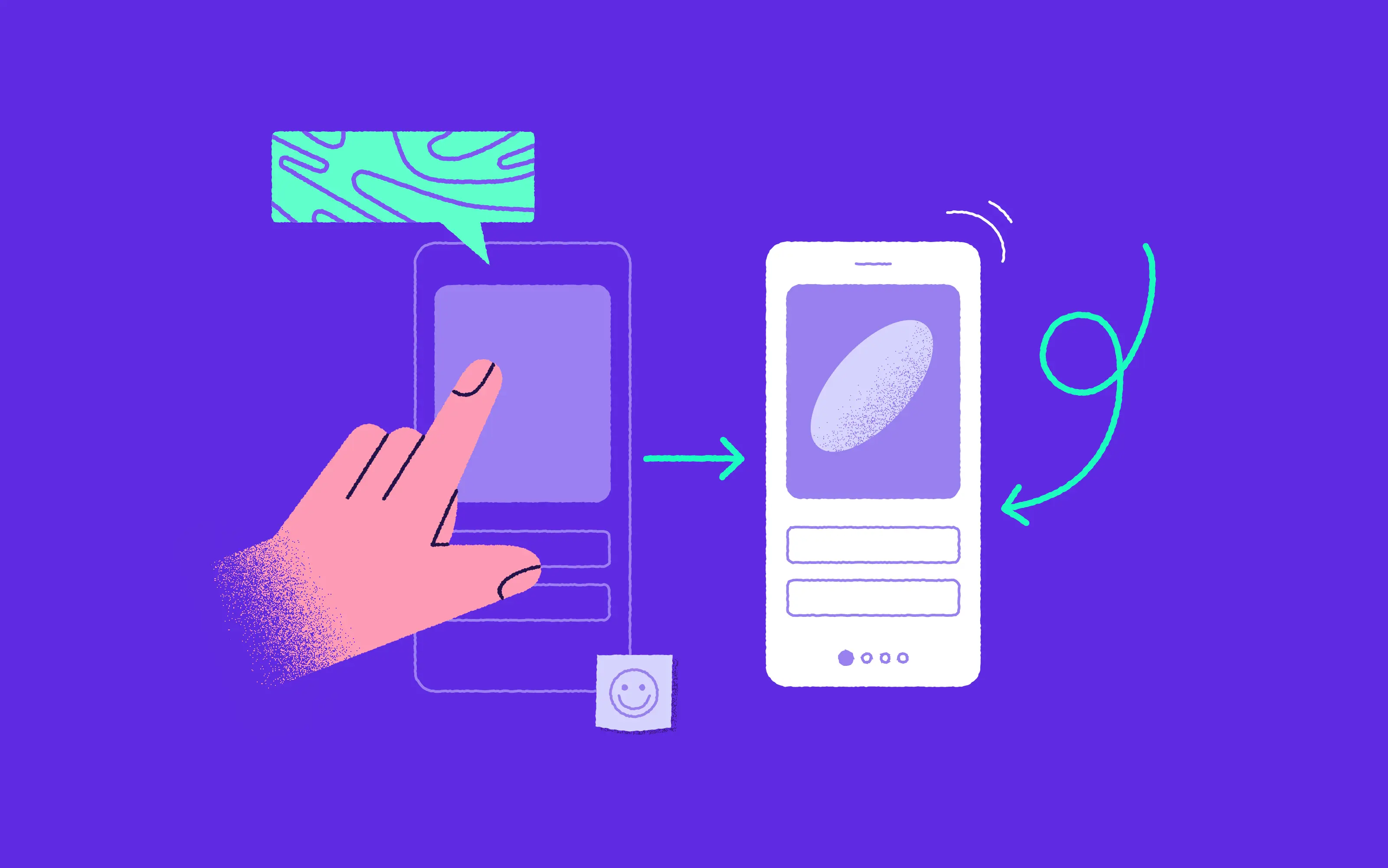How to Leverage Blockchain OS to Create and Manage Decentralized Ledgers
23.01.2023 | 5 min read

Just as the printing press was essential to the development of a worldwide news network, so is the arrival of blockchain technology critical to the achievement of trustless distribution of information. As time goes on and the industry develops, the creation of blockchain operating systems (Blockchain OS) has become a big step forward. This article will discuss blockchain operating systems, including their purpose, the benefits of adopting one, and the procedures required to put one into action.
Blockchain OS - What's all this?
If you've heard of Microsoft Windows, Apple OS, or Linux, it shouldn't be hard to figure out how blockchain OS works. A blockchain operating system works a lot like a regular operating system. It lets people use blockchain-based services on their phones while keeping their security and privacy higher.
Like traditional operating systems, a blockchain OS adds a layer below the software to make it easier for the software to talk to the hardware. A blockchain-based operating system's job is to record all commands and transactions that come from a user's device. Before blockchain operating systems came along, the only way to use the blockchain was to write code directly on it.
The whole system is controlled by a graphical user interface (GUI), just like any other operating system on a computer or phone. It makes an unchangeable, anonymous record of what happened on the chain that can't be changed or tampered with.
Most blockchain operating systems are designed for mobile devices. This type of system is called a "mobile blockchain-enabled virtual operating system." With these operating systems, mobile devices can do more than one thing with just one system. Also, they let users access websites from their phones with the same level of security and privacy as the blockchain.
Also, blockchain operating systems try to make it easy for developers to make decentralized applications (DApps) by giving them tools and services that make the development process go more smoothly. These tools are made to work with blockchains and solve many of the common problems that developers run into when making DApps.
Different types of blockchain operating systems
Entrepreneurial Operating System
The entrepreneurial operating system is a blockchain operating system that is easy to use and can be used for many different things. It is a platform for building decentralized apps. It was first used in 2017 to help businesses that rely heavily on technology make better use of a distributed database. It also lets the user make decentralized applications that work well and make money.
The ConsenSys Codefi
It is a set of blockchain applications that drive the growth of financial and business companies. The goal of ConsenSys Codefi is to use decentralized financial technologies to make money easier for everyone to get.
ConsenSys Codefi works with financial institutions and Ethereum projects to digitize assets and financial instruments before rolling out blockchain solutions that are ready for use in the real world.
Liberty OS
The Liberty operating system, which is one of the blockchain operating systems, says it is the world's first highly secure, stable, and easy-to-use operating system that focuses on user privacy. It combines a token model, a blockchain, and an advertising platform that is centered on the user. This changes how the user feels. The Liberty OS makes things faster, smoother, and safer for the user.
Hyperledger Fabric
Hyperledger Fabric is a blockchain framework that was started in 2015 by The Linux Foundation. It is open source and has permissions. It is a modular, general-purpose framework with unique identity management and access control features. This makes it suitable for a wide range of industry applications, such as tracking and tracing supply chains, trade finance, loyalty and rewards, and clearing and settling financial assets.
Crypto OS
Nick Spanos, an early leader in the blockchain world, made Crypto OS. The founder of Bitcoin Center NYC was a guest at the 10C Voices session, where he talked about how his idea will soon become a reality.
The benefits of creating blockchain operating systems
Using a blockchain OS is a good idea for people who want to start a blockchain business. Being open source is a big plus because it makes it easy for developers to get to the code and change it as needed to make new programs and solutions.
Using a blockchain operating system also improves security, reliability, scalability, cost savings, and the speed at which transactions are processed. If the founders of a blockchain company use a blockchain operating system, their data is stored on different computers all over the network. This makes it harder for attackers to get to the data or change it in any way. The ledger is more reliable because its information is stored safely on many different computers.

Companies that use blockchain technology can benefit from using a blockchain operating system because it gives the company's founders a lot of tools and functions to use. These features include consensus processes for validating transactions, decentralization techniques for protecting the integrity of the ledger's data, scalability solutions for improving the speed of transactions, and support for smart contracts.
Lastly, using a blockchain operating system is an important step for blockchain business owners because it lets data on a network of computers be managed from one place. It has many benefits, such as making transactions safer, more reliable, scalable, cost-effective, and faster. Now, people who want to start a blockchain business have a wide range of blockchain operating systems (OSs) to choose from. By understanding what blockchain operating systems can do and how they can be used, we can make more progress toward a decentralized and safe future.
Conclusion
Using a blockchain operating system is an important step for blockchain company founders, because it lets them store and manage data across multiple computers in a secure way that is more reliable and scalable. By using a blockchain operating system (OS), founders can easily make apps and solutions that are tailored to their needs.



